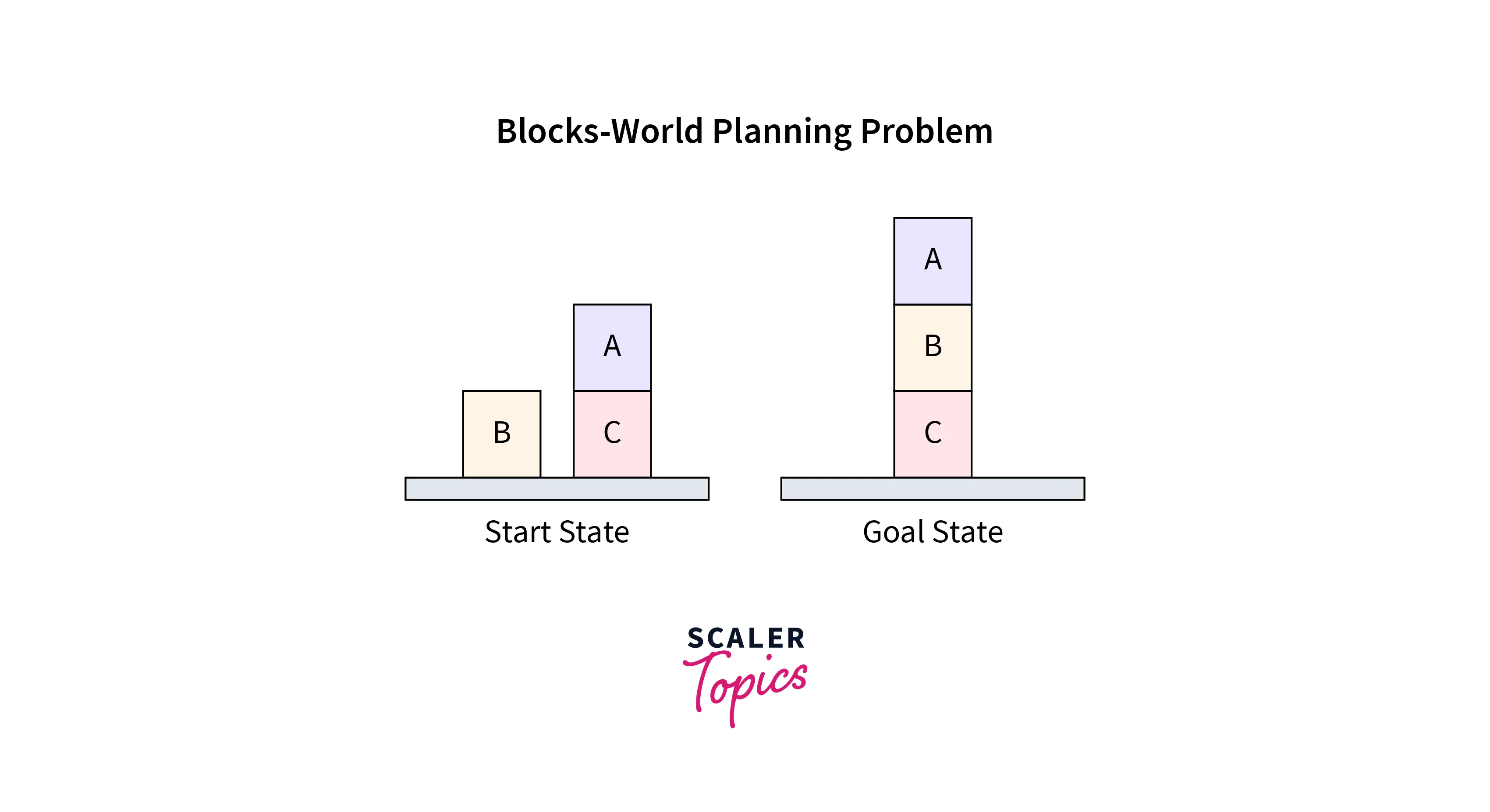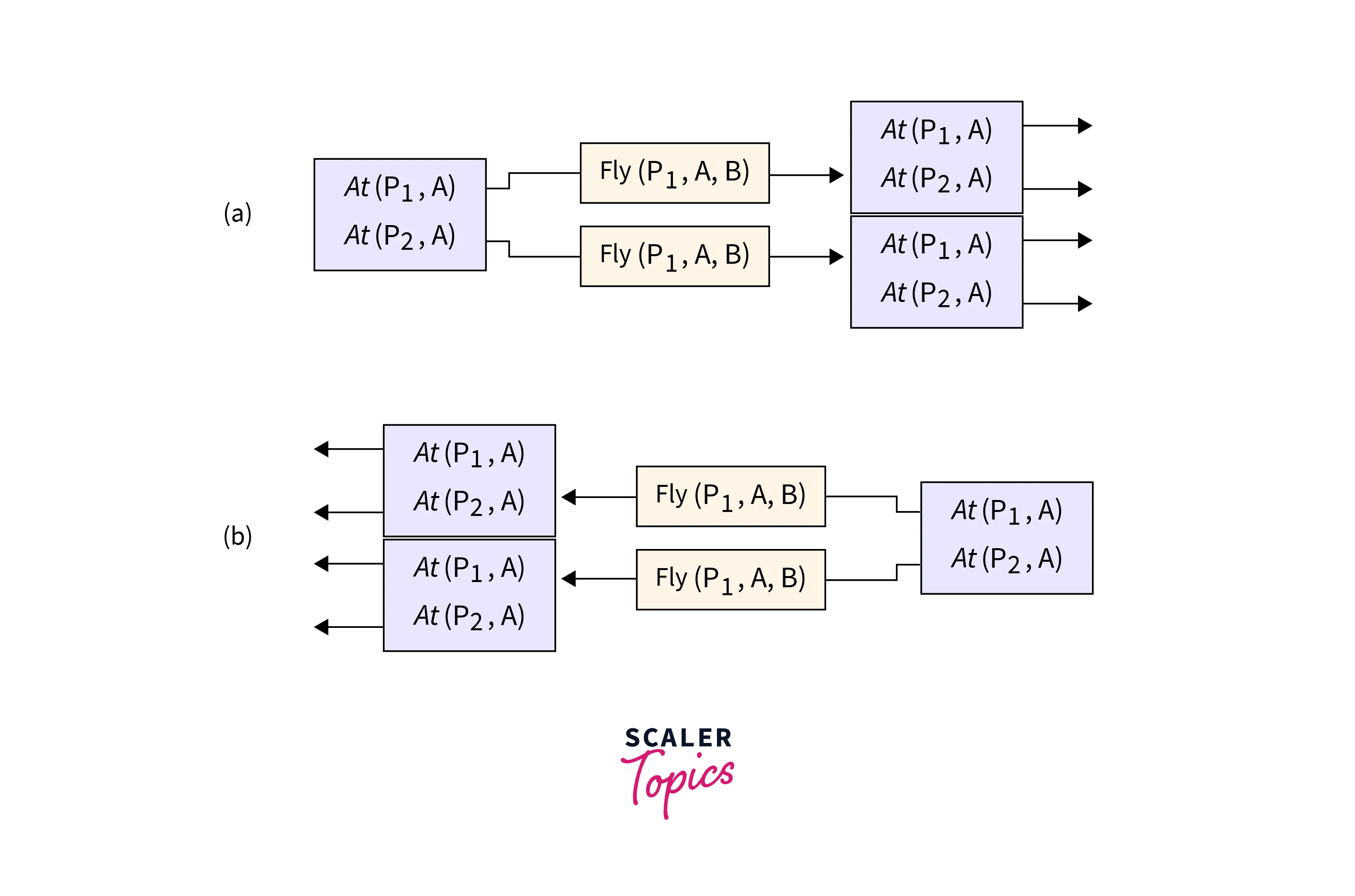What is the Role of Planning in Artificial Intelligence?
Overview
Planning in AI (Artificial Intelligence) is concerned with the decisions made by intelligent entities such as robots, humans, or computer programs when attempting to accomplish an objective. It entails selecting a series of actions that will (most likely) gradually change the condition of the world to achieve the objective. The universe is usually regarded as a collection of discrete facts (state variables), with actions causing some facts to be true and others to be untrue.
Introduction
Artificial intelligence (AI) has surfaced as a disruptive force in technology and business, changing how businesses function, engage with their clients, and promote economic expansion. AI apps are becoming increasingly common across businesses and sectors, from chatbots and virtual assistants to predictive analytics and autonomous cars. However, as with any revolutionary technology, AI presents possibilities and challenges, requiring organizations to negotiate complicated and quickly changing data, algorithms, and ethics environments. In this context, planning has evolved as a critical component of AI, assisting businesses to truly understand the transformative power of this game-changing technology while minimizing risk and assuring responsible use.
Planning in AI is fundamentally the process of creating a strategic and organized approach to employing AI systems to accomplish particular aims and objectives. This includes defining the scope and purpose of AI projects, choosing suitable algorithms, data sources, and performance measures, developing and testing models, and monitoring and adapting AI systems over time. While particular planning requirements and approaches may differ based on the business, application, and organizational context, there are several important roles that planning performs in the effective adoption of artificial intelligence.
What is a Plan?
A plan is a predetermined course of action or collection of guidelines that describes how to accomplish a particular aim or purpose. Plans generally include identifying goals or objectives, developing strategies or tactics to accomplish those goals, and establishing precise actions or steps that must be done to execute the strategies or tactics. Plans can vary in scope and intricacy from simple tasks or to-do lists to comprehensive project plans or long-term strategic plans. A plan's purpose is to serve as a blueprint or framework for decision-making and action-taking, as well as to assist people or groups in achieving their intended results efficiently and effectively.
The Planning Language
STRIPS(Stanford Research Institute Problem Solver) is frequently used to represent planning problems in AI. The STRIPS representation was selected to simplify and improve planning algorithms without having it too hard to explain real-world issues. It is composed of:
- Set of states- It is a positive ground literal combination.
- Set of goals- A partly defined state depicted as a combination of positive literals collection
- Set of actions- For every action, there is a prerequisite that must be met and an effect that represents the influence the action has on the surroundings after it has been done.
PDDL(Planning Domain Definition Language) can also be used to illustrate planning problems in AI. PDDL is a generalization of STRIPS
What is Planning in AI?
The process of establishing a systematic route for a declaratively defined system to follow to achieve its goals while maximizing total performance measures is known as planning. From a collection of possible transformations, automated planners pick the transformations to implement in a particular condition. In contrast to the classification issue, planners ensure the solution's excellence. Thus, planned activities are regarded as the thinking side of action. In other terms, planning involves deciding the AI system's behaviors and how the system will operate in domain-independent circumstances. Now let us discuss one of the most well-known planning techniques in AI the Block-world.
Block-World Planning Problem
The blocks world is among the most well-known planning techniques in AI. This domain is made up of a collection of cube-shaped pieces arranged on a table (as shown in the figure). Although the blocks can be piled, only one can be placed immediately on top of another. A robot arm can take up a block and transfer it to a different location on the surface or top of another block. Because the arm can only take up one block at a time, it cannot lift a block with another one on it. The objective will always be to construct one or more piles of blocks, which will be described in terms of which blocks are on top of which other blocks.

Components of the Planning System
The planning in AI includes the following crucial steps:
- Using the most effective known heuristics, choose the most suitable rule for implementing the next rule.
- Use the selected algorithm to compute the new problem state.
- Determine when an answer has been discovered.
- Identify dead ends to ensure the system's effort can be guided in more productive ways.
- Determine when a nearly correct solution has been discovered.
We will now examine what are the different types of planning in AI.
Type of Planning in AI
Now we will look at planning techniques in AI. The simplest method is to use a state-space search. The initial state, the set of target states, the set of actions or processes, the set of states, and the path cost comprise the state space. This state space must be searched to discover a sequence of activities that lead to the desired state. Because the specifications of actions in a planning problem describe both preconditions and consequences, it is possible to explore in either way, as shown in Figure below: forward from the starting state or backward from the objective.

Forward State Space Planning (FSSP)
Because it moves in a forward direction, forward state-space search is also known as progression planning. We begin in the problem's initial state and explore action sequences until we discover one that leads to a target state. The following is a description of planning issues as state-space search problems:
-
Initial state: The search's initial state is the planning problem's starting state. In general, each state is a collection of positive ground literals; literals that do not show are untrue.
-
Action State: All actions that are appropriate to a state satisfy all of the prerequisites. The succeeding state produced by action is created by adding positive effect literals and removing negative effect literals.
-
Goal: The goal test determines whether the state meets the planning problem's aim.
-
Step Cost: Each action usually has a step cost of one. Although it would be simple to enable various costs for different activities, STRIPS planners rarely do so.
FSSS (forward state-space search) begins in the initial state and takes steps to progress to the next state. It then determines whether or not this state is the target condition. If not, it will continue to take other steps until the objective is met.
Advantage
The algorithm's soundness is one of its advantages.
Disadvantage
Extensive branching is a disadvantage.
Backward State Space Planning (BSSP)
Backward State Space Planning (BSSP) is analogous to Backward state-space search. This moves us from goal state g to sub-goal g', which determines the prior action needed to achieve that goal. This is known as decline (moving back to the previous goal or sub-goal). The uniformity of these sub-goals needs to be investigated. In this case, the actions must be relevant.
Advantage
Backward search has the primary benefit of allowing us to examine only pertinent activities, thereby reducing branching.
Disadvantage
The algorithm's soundness is one of its disadvantages.
Target Stack Plan/Goal Stack Planning
We discussed FSSP and BSSP in the prior section, and each had its advantages and disadvantages. Thus, to build an effective planning system, we should blend the features of FSSP and BSSP, resulting in Goal Stack planning.
What is Target Stack Plan/Goal Stack Planning?
Goal Stack planning is among the most important planning methods, which is employed solely by STRIPS. The stack is employed by algorithms to store actions and guarantee that the goal is fulfilled. A knowledge base is employed to keep track of the present status and activities. A goal stack is similar to a component in a search tree, in which branches develop when an action is chosen.
The Important Steps of the Algorithm
The algorithm's critical stages are as follows:
-
Begin by moving the initial goal onto the stack. Continue until the amount is exhausted. If stack top is a complex goal, then stack has unfulfilled subgoals.
-
If the top of the stack contains a single unsatisfied objective, substitute it with an action and put the action's prerequisite on the stack to meet the condition.
-
If stack top is an action, remove it from the stack, perform it, and alter the knowledge base based on the action's effects.
-
Remove the stack top from the stack if it is a completed objective.
Non-Linear Planning
This planning is employed to create a goal stack and is part of the search space for all potential subgoal orderings. It manages goal interactions using the interleaving technique (The term 'interleaving' indicates 'to alternate'. It is the process of combining, intertwining, and linking our concepts to help us comprehend better and remember additional data when learning).
Advantage
Non-linear planning may be the best option in terms of plan duration (based on the search technique employed).
Disadvantage
- It necessitates a larger search space because all potential objective orderings are considered.
- Complicated formula to comprehend.
Algorithm
-
Select a 'g' objective from the goal set.
-
If the 'g' does not fit the state, then Select operator 'o' for whom the add-list corresponds to goal g.
On the OpenStack, press 'o'.
Add the 'o' prerequisites to the goal set
-
Since all operators on top of opstack prerequisites are fulfilled in the state
Pull operator o from the top of the opstack
state = apply(o, state)
plan = [plan; o]
Conclusion
This article taught us:
- Planning in AI is an important component because it enables the business to comprehend the transformative potential of AI technology while minimizing risk and assuring responsible utilization.
- A plan is a deterministic course of action or set of instructions that explains how to achieve a specific goal or objective.
- In AI, the STRIPS and PDDL languages are commonly used to describe planning problems.
- Planning in AI (artificial intelligence) entails creating a systematic path for a declaratively specified system to take to accomplish its objectives while maximizing total performance metrics.
- Several critical stages in AI planning include selecting the most appropriate rule for implementing the next rule, computing the new issue state, recognizing dead ends, and determining when a nearly correct solution has been discovered. In AI, State-space search can be performed in either the forward or backward direction (regression).
